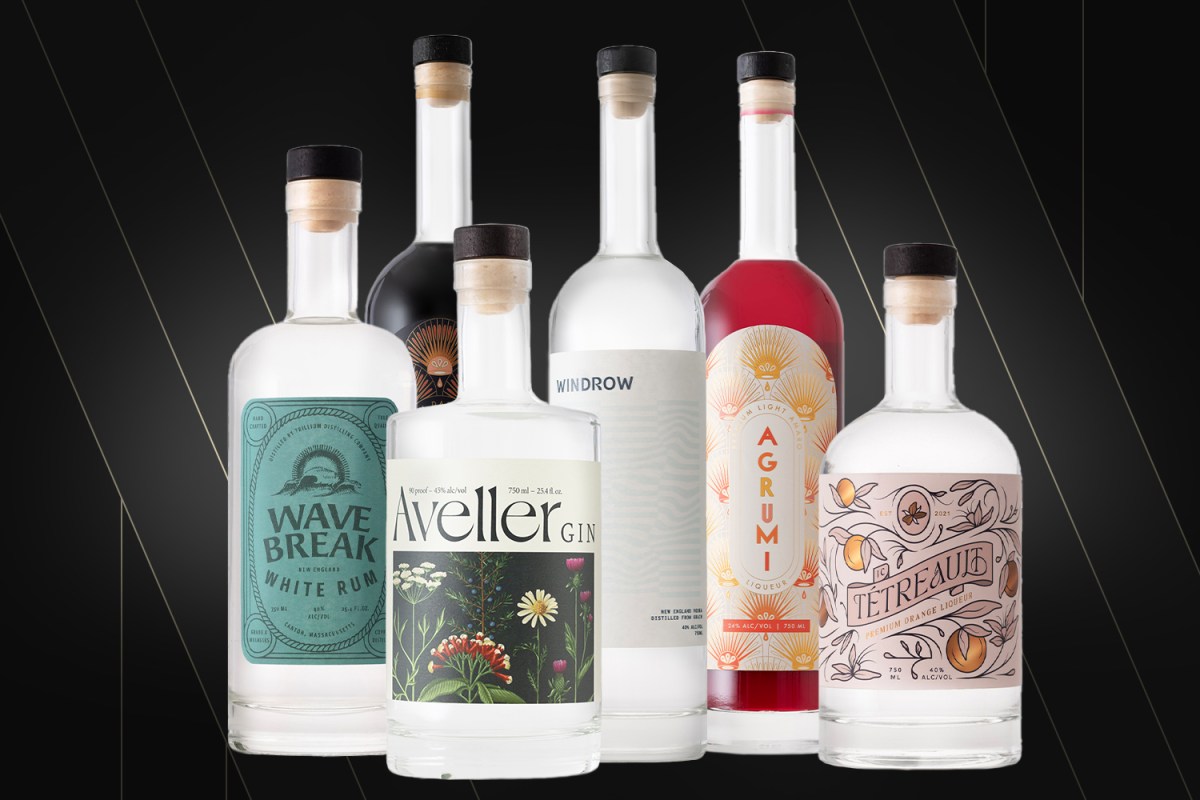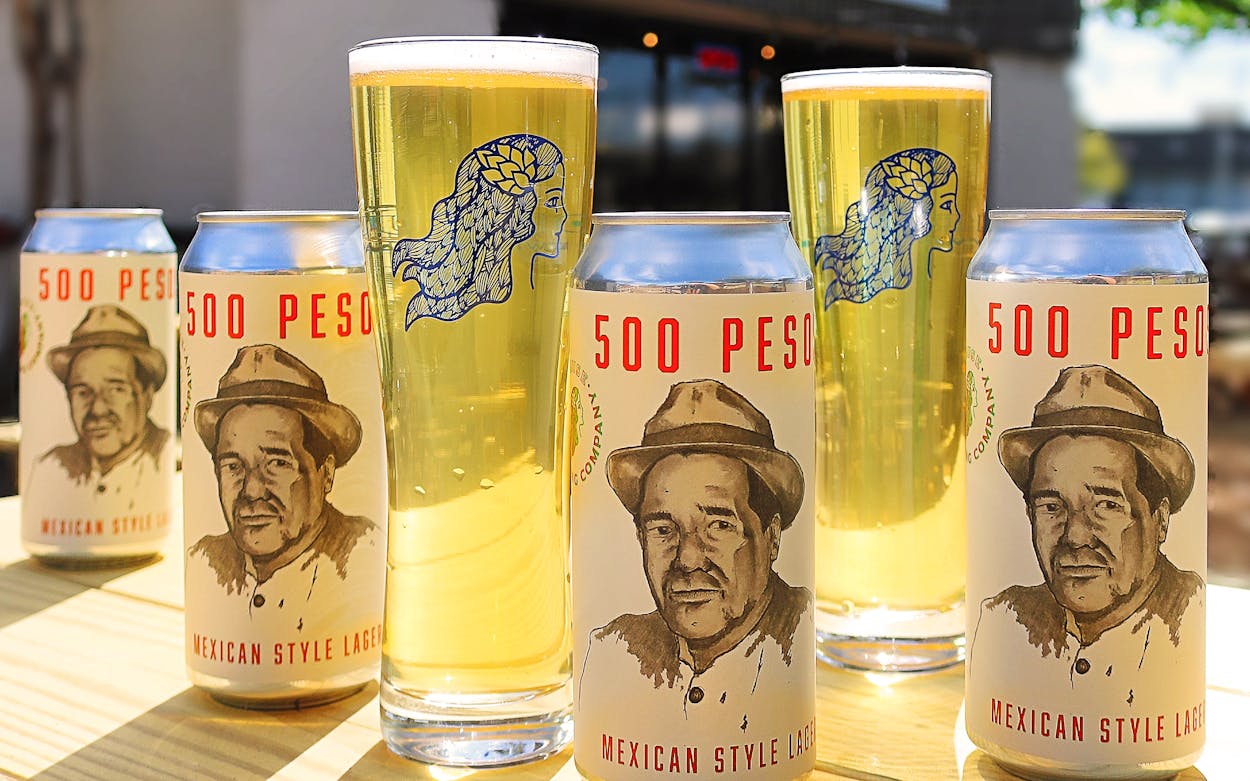Visit a Distillery in Galveston: Behind-the-Scenes Tours and Tastings
Visit a Distillery in Galveston: Behind-the-Scenes Tours and Tastings
Blog Article
The Ultimate Distillery Experience: From Grain to Glass, Everything You Required to Know
Getting started on a journey with the details of the distillery process reveals a globe where science satisfies virtuosity in the creation of spirits. From the cautious choice of grains to the thorough crafting of each bottle, every step in the manufacturing line plays a critical role in shaping the last item that beautifies our glasses.
The Art of Grain Selection
Choosing the suitable grains is a critical action in the distillation procedure, establishing the flavor profile and quality of the end product. The kind of grain chosen substantially affects the personality of the spirit being generated - Seawall Bar. Usual grains made use of in purification include barley, rye, wheat, and corn, each conveying unique flavors and attributes to the last item

Beyond flavor considerations, the quality and pureness of the grains are vital. Distillers carefully resource grains to ensure they are devoid of pollutants and have the essential starch web content for fermentation. By mastering the art of grain selection, distillers lay the foundation for creating extraordinary spirits that astound the taste.
Purification Refine Demystified
Having developed the structure with precise grain selection, the purification procedure emerges as the transformative phase where the essence of the picked grains is unlocked and fine-tuned right into a spirited kind. The process does not end there; numerous distillation runs or extra actions such as aging in barrels might further fine-tune the spirit, enhancing its personality, flavor, and intricacy. Comprehending the details of the distillation process is vital for producing top quality spirits that mesmerize fanatics and aficionados alike.
Barrel Aging and Taste Development
During the barrel aging procedure, spirits undertake a transformative trip as they connect with the timber, taking in nuanced flavors and developing a rich intricacy. As spirits age in the barrels, they remove substances such as vanillin, lignin, and tannins from the timber, contributing to the advancement of scents like vanilla, caramel, spice, and even tips of toasted oak.
In addition, the aging procedure enables oxidation to happen, causing additional chain reaction that mellow the spirit and complete any type of severe edges. The permeable nature of timber likewise allows the spirit to breathe, facilitating the integration of tastes with time. Depending upon the duration of aging and ecological problems like temperature and humidity, spirits can get various characteristics, from subtle timber notes to deep, complex tastes that make each batch unique. Inevitably, barrel aging plays an essential role in forming the unique preference profile of each spirit, offering a sensorial trip for lovers to savor.
Workmanship in Bottling and Labeling
As spirits reach their ideal flavor investigate this site profiles through barrel aging, the careful craftsmanship in bottling and classifying ends up being the next vital action in offering a premium product to customers. The process of labeling and bottling is a crucial element of the total distillery experience, as it is the final touchpoint prior to the product gets to the hands of consumers (Distillery in that site Galveston). Craftsmanship in bottling includes making certain that each bottle is filled up precisely with the spirit, considering variables such as uniformity in fill degrees and the prevention of any type of pollutants getting in the container

Tasting and Appreciating Fine Spirits
To fully appreciate fine spirits, one should engage all the senses in a intentional and conscious tasting experience. When tasting fine spirits, it is important to start by observing the spirit's appearance. Note the color, clarity, and viscosity of the fluid in the glass. Swirl the spirit delicately to launch its fragrance. The nose is a critical feeling in sampling spirits; take a minute to inhale the complicated scents deeply. Next, take a small sip and let it stick around on your taste. Take notice of the various flavors that unfold - from sweet and fruity notes to spicy or great smoky undertones. Think about the mouthfeel, noting if the spirit is smooth, creamy, or fiery. Swish the spirit in your mouth to totally experience its structure and taste. Finally, ingest gradually and appreciate the lingering coating. Fine spirits often leave a pleasant aftertaste that can disclose much more concerning the workmanship and high quality of the drink. By involving all learn the facts here now your senses in this manner, you can absolutely relish and appreciate the complexities of great spirits.
Conclusion
To conclude, the distillery experience includes the detailed art of grain choice, the precise distillation procedure, the transformative barrel aging, the careful craftsmanship in bottling and labeling, and the sophisticated method of sampling and appreciating great spirits. Each step in the manufacturing process plays a crucial function in creating high-grade spirits that mesmerize the detects and delight lovers worldwide.
The kind of grain chosen dramatically influences the character of the spirit being generated. By mastering the art of grain choice, distillers lay the structure for creating outstanding spirits that captivate the taste buds.

Report this page